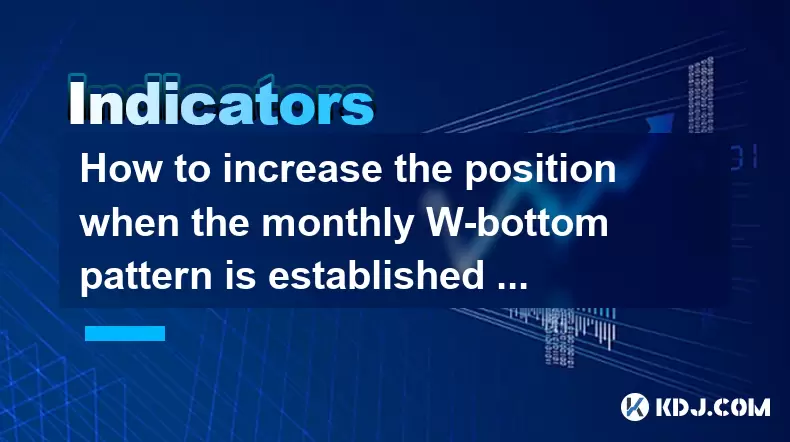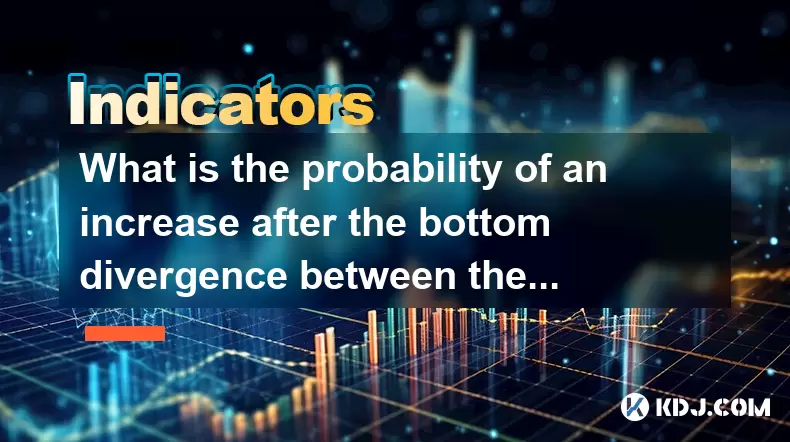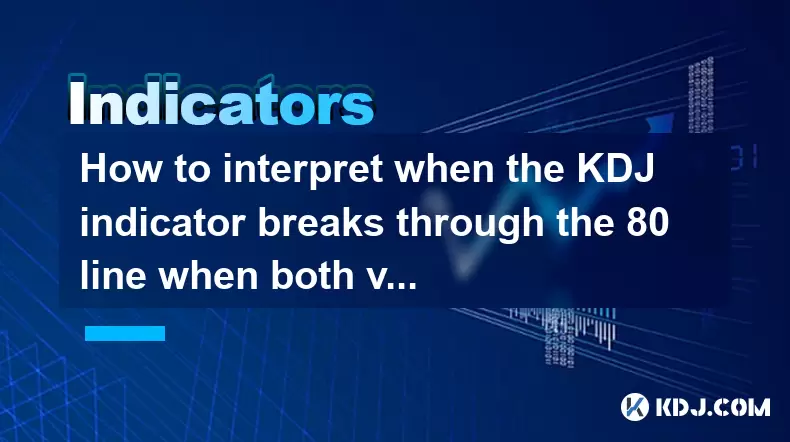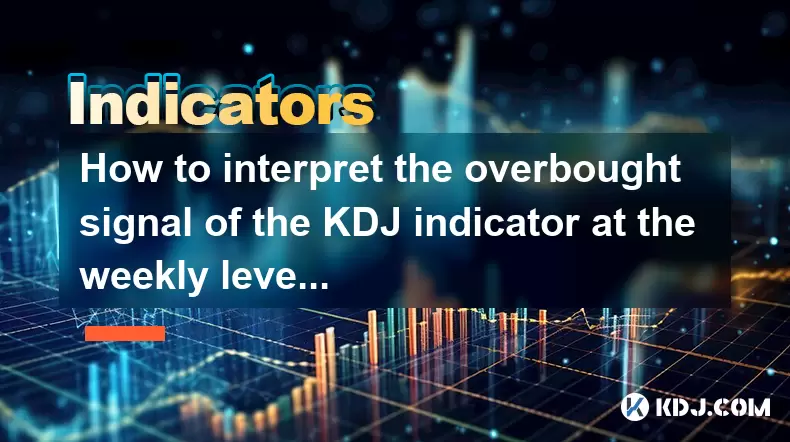-
 Bitcoin
Bitcoin $115100
-2.99% -
 Ethereum
Ethereum $3642
-1.38% -
 XRP
XRP $3.027
-5.51% -
 Tether USDt
Tether USDt $1.000
-0.05% -
 BNB
BNB $763.4
-1.32% -
 Solana
Solana $177.2
-5.42% -
 USDC
USDC $0.9999
-0.02% -
 Dogecoin
Dogecoin $0.2247
-6.47% -
 TRON
TRON $0.3135
0.23% -
 Cardano
Cardano $0.7824
-4.46% -
 Hyperliquid
Hyperliquid $42.53
-0.97% -
 Stellar
Stellar $0.4096
-6.09% -
 Sui
Sui $3.662
-2.61% -
 Chainlink
Chainlink $17.63
-3.57% -
 Bitcoin Cash
Bitcoin Cash $536.3
2.94% -
 Hedera
Hedera $0.2450
0.34% -
 Avalanche
Avalanche $23.23
-3.15% -
 Litecoin
Litecoin $112.2
-1.23% -
 UNUS SED LEO
UNUS SED LEO $8.976
-0.30% -
 Shiba Inu
Shiba Inu $0.00001341
-2.72% -
 Toncoin
Toncoin $3.101
-2.44% -
 Ethena USDe
Ethena USDe $1.001
-0.05% -
 Uniswap
Uniswap $10.08
-1.97% -
 Polkadot
Polkadot $3.938
-2.77% -
 Monero
Monero $323.9
0.87% -
 Dai
Dai $0.9999
-0.02% -
 Bitget Token
Bitget Token $4.481
-1.69% -
 Pepe
Pepe $0.00001199
-5.94% -
 Aave
Aave $288.2
-0.68% -
 Cronos
Cronos $0.1279
0.36%
How to increase the position when the monthly W-bottom pattern is established + weekly line breaking through the neckline with large volume + daily line stepping back without breaking?
A confirmed monthly W-bottom with a high-volume weekly breakout signals a major bullish reversal, offering a strategic entry on pullback to the neckline.
Jul 24, 2025 at 09:50 pm

Understanding the W-Bottom Pattern on the Monthly Chart
The W-bottom pattern is a bullish reversal formation that appears after a prolonged downtrend. When this pattern forms on the monthly chart, it indicates a significant shift in market sentiment. The structure consists of two distinct lows separated by a peak, resembling the letter "W". The first low marks the initial selling climax, followed by a rebound, then another decline to a level near the first low, forming the second bottom. The key confirmation occurs when price moves above the intermediate peak, known as the neckline.
Traders should verify that both lows are relatively equal in depth, with the second bottom often showing reduced selling pressure. Volume analysis is critical: a decline into the second bottom should show diminishing volume, while the breakout above the neckline must come with strong volume. This pattern suggests that bears are exhausted and buyers are stepping in with conviction. The monthly timeframe adds weight to the signal, implying a potential multi-month or even multi-year bullish trend.
Confirming the Weekly Breakout with High Volume
After identifying the W-bottom on the monthly chart, the next confirmation layer comes from the weekly chart breaking the neckline with large volume. The neckline is drawn by connecting the high point between the two bottoms. A breakout occurs when the weekly candle closes above this resistance line. However, not all breakouts are valid—volume is the key differentiator.
For a reliable signal, the breakout week must exhibit volume significantly higher than the average of the preceding 10–20 weeks. This surge in volume reflects strong institutional participation and confirms accumulation. Traders should avoid acting on breakouts with weak volume, as these often fail. To assess volume strength, compare the breakout week’s volume to the 3-month average volume; a 1.5x to 2x increase is ideal. Use a volume oscillator or on-balance volume (OBV) indicator to confirm upward momentum.
If the breakout candle is a large bullish candle (e.g., green candle with minimal upper wick), it further validates strength. Wait for the weekly close to confirm—do not act on intraday moves. Once confirmed, this breakout suggests the new uptrend is underway, and increasing position size becomes a viable strategy.
Analyzing Daily Price Action: The Pullback Without Break
After the weekly breakout, it is common for price to pull back to test the former neckline, now acting as support. This retracement on the daily chart offers a second entry opportunity. The ideal scenario is a pullback that does not break below the neckline. Instead, price holds above it, forming small candles or a base.
During this phase, monitor for tight price action, such as doji candles, spinning tops, or small-bodied candles with narrow ranges. These indicate indecision and potential exhaustion of sellers. Volume should remain low during the pullback, confirming lack of selling pressure. When price begins to move up again, look for a volume expansion on the upward move.
Use daily support levels, moving averages (e.g., 20-day or 50-day EMA), and trendlines to assess the strength of the pullback. If price respects the neckline and shows early signs of reversal—such as a bullish engulfing or hammer candle—this reinforces the validity of the setup. This phase is crucial for adding to positions with reduced risk, as the stop-loss can be placed just below the neckline.
Step-by-Step Strategy to Increase Position Size
- Identify the monthly W-bottom by confirming two lows and a neckline on the monthly chart
- Wait for the weekly close above the neckline with volume at least 1.5x the 20-week average
- Monitor the daily chart for a pullback that holds above the neckline support
- Enter the initial position after the weekly breakout confirmation, using a stop-loss below the second bottom
- Add to the position when the daily chart shows a bullish reversal signal (e.g., engulfing candle) during the pullback
- Ensure each addition is smaller than the previous (e.g., 50% of initial size) to manage risk
- Use trailing stops on existing positions to protect profits as price rises
- Avoid adding if volume during the pullback is high or if price breaks below the neckline
This approach ensures that entries are based on confirmed structure and momentum, not speculation. Each step relies on price and volume confirmation, reducing the risk of false signals.
Risk Management and Position Sizing Considerations
Even with a strong setup, risk must be controlled. Allocate no more than 2–5% of total capital per initial position, depending on account size and risk tolerance. When adding during the pullback, reduce the size to avoid overexposure. Define the stop-loss level clearly—typically below the second bottom of the W-bottom or slightly under the neckline.
Use a risk-reward ratio of at least 1:3. For example, if the stop is 10% below entry, the target should be at least 30% above. This accounts for volatility and ensures profitability over time. Monitor on-chain metrics (e.g., exchange outflows, active addresses) and funding rates to avoid adding during overbought conditions.
Avoid emotional decisions—stick to the plan even if price moves quickly. Use limit orders during the pullback to avoid chasing. If the pullback is shallow or absent, do not force an addition; the initial entry remains valid.
Frequently Asked Questions
What if the weekly breakout candle has a long upper wick?
A long upper wick suggests rejection at higher levels, but if the candle still closes above the neckline with high volume, the breakout may still be valid. Watch the following week: if price holds above the neckline and volume remains strong, the wick can be ignored. If price drops back below, the breakout is suspect.
Can the W-bottom be confirmed without volume on the monthly chart?
Volume on the monthly chart is less reliable due to aggregation, but lack of volume surge on the weekly breakout is a red flag. The weekly volume confirmation is more critical. Monthly volume can support the case but is not mandatory.
How long should I wait for the pullback on the daily chart?
There is no fixed timeframe. Some pullbacks occur within 1–3 weeks; others may take 6–8 weeks. Use support levels and moving averages to identify potential reversal zones. If no pullback occurs and price continues upward, do not add—stick to the original position.
Should I use leverage when increasing position after this setup?
Leverage increases risk significantly. Given the long-term nature of monthly patterns, avoid high leverage. If used, limit it to 2x or 3x and only on the initial entry. The addition during pullback should be with spot or minimal leverage to preserve capital.
Disclaimer:info@kdj.com
The information provided is not trading advice. kdj.com does not assume any responsibility for any investments made based on the information provided in this article. Cryptocurrencies are highly volatile and it is highly recommended that you invest with caution after thorough research!
If you believe that the content used on this website infringes your copyright, please contact us immediately (info@kdj.com) and we will delete it promptly.
- Kaspa's Strongest Month REVEALED: New Data Shocks KAS Traders!
- 2025-07-26 04:30:12
- Crypto Losses: From ZIRP to Zero - How I Lost a Million Dollars (and What You Can Learn)
- 2025-07-26 04:30:12
- BONK's Wild Ride: Selling Pressure and Market Dip - A New Yorker's Take
- 2025-07-26 03:30:12
- Pepeto Presale Heats Up: Demo Trading and Meme Coin Mania!
- 2025-07-26 02:50:11
- WeWake, Nexchain AI, and the Crypto Presale Frenzy: What You Need to Know
- 2025-07-26 02:50:11
- Scottie Pippen's XRP Moonshot: A Slam Dunk or an Air Ball?
- 2025-07-26 03:30:12
Related knowledge

What does it mean when the price breaks through the 30-day moving average and is accompanied by a large volume?
Jul 26,2025 at 03:35am
Understanding the 30-Day Moving Average in Cryptocurrency TradingThe 30-day moving average (MA) is a widely used technical indicator in the cryptocurr...

What does it mean when the MACD bar turns from negative to positive?
Jul 26,2025 at 05:01am
Understanding the MACD Indicator in Cryptocurrency TradingThe Moving Average Convergence Divergence (MACD) is a widely used technical analysis tool in...

Does the golden cross of the KDJ three lines at the annual line level indicate a turning point in the big cycle?
Jul 26,2025 at 01:35am
Understanding the KDJ Indicator in Cryptocurrency TradingThe KDJ indicator is a momentum oscillator widely used in technical analysis, especially with...

What is the probability of an increase after the bottom divergence between the KDJ indicator and the trading volume?
Jul 26,2025 at 01:29am
Understanding KDJ Indicator and Its Role in Technical AnalysisThe KDJ indicator is a momentum oscillator widely used in cryptocurrency trading to iden...

How to interpret when the KDJ indicator breaks through the 80 line when both volume and price rise?
Jul 26,2025 at 12:47am
Understanding the KDJ Indicator and Its ComponentsThe KDJ indicator is a momentum oscillator widely used in technical analysis within the cryptocurren...

How to interpret the overbought signal of the KDJ indicator at the weekly level?
Jul 26,2025 at 04:09am
Understanding the KDJ Indicator at the Weekly LevelThe KDJ indicator is a momentum oscillator widely used in technical analysis to identify potential ...

What does it mean when the price breaks through the 30-day moving average and is accompanied by a large volume?
Jul 26,2025 at 03:35am
Understanding the 30-Day Moving Average in Cryptocurrency TradingThe 30-day moving average (MA) is a widely used technical indicator in the cryptocurr...

What does it mean when the MACD bar turns from negative to positive?
Jul 26,2025 at 05:01am
Understanding the MACD Indicator in Cryptocurrency TradingThe Moving Average Convergence Divergence (MACD) is a widely used technical analysis tool in...

Does the golden cross of the KDJ three lines at the annual line level indicate a turning point in the big cycle?
Jul 26,2025 at 01:35am
Understanding the KDJ Indicator in Cryptocurrency TradingThe KDJ indicator is a momentum oscillator widely used in technical analysis, especially with...

What is the probability of an increase after the bottom divergence between the KDJ indicator and the trading volume?
Jul 26,2025 at 01:29am
Understanding KDJ Indicator and Its Role in Technical AnalysisThe KDJ indicator is a momentum oscillator widely used in cryptocurrency trading to iden...

How to interpret when the KDJ indicator breaks through the 80 line when both volume and price rise?
Jul 26,2025 at 12:47am
Understanding the KDJ Indicator and Its ComponentsThe KDJ indicator is a momentum oscillator widely used in technical analysis within the cryptocurren...

How to interpret the overbought signal of the KDJ indicator at the weekly level?
Jul 26,2025 at 04:09am
Understanding the KDJ Indicator at the Weekly LevelThe KDJ indicator is a momentum oscillator widely used in technical analysis to identify potential ...
See all articles

























































































